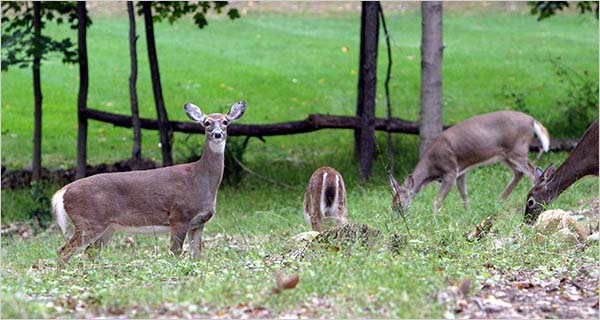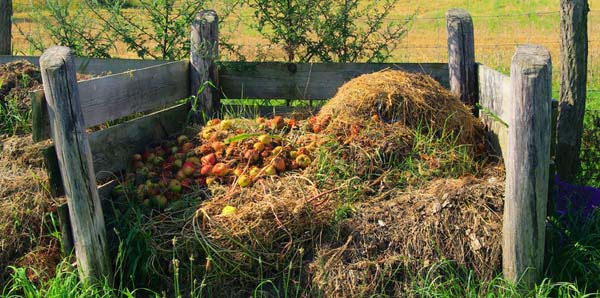In order to have a healthy, flourishing garden- you need to take good care of it. One way to ensure your garden grows big and strong is the addition of fertilizer. Fertilizer (or manure) is a way to return nutrients into the soil that may not be present; such as nitrogen. Different types of animal manures provide different types of nutrients, so how do you know which one is right for you? How do you distinguish what is too much of a good thing, from just the right amount for your soil?
First, let’s start by learning what manure is, and what the different types of it are. Manure is a waste product made by animals (both domestic and livestock,) that have undergone the composting process to remove any harmful pathogens and to break it down even further for quick absorption by plants. You are able to purchase un-composted manures; However, they must be used with caution because they take longer to break down and be absorbed, and they may also contain weed seeds or pathogens that can seep into the surrounding landscape. Since the early days of cultivation, people have been using manure as a fertilizer. It is no surprise that manure has been used for this long, it is a rich source of nitrogen and other beneficial nutrients that plants need to survive.
While using raw manure has its benefits, it also has its downfalls. There is a stagnant odor associated with the unbroken down waste, which also attracts flies. Sometimes the manure can be too ‘hot,’ which is when there is too high of a concentration of nutrients present- this burns or kills plants. Raw manure can also lead to plants growing too quickly, not allowing proper stem growth to occur. This will leave you with thin and stringy looking plants. If you choose to use raw manure, apply it to the garden late in the season. This way it has time to break down before the next planting season.
Manure can come from any animal, but not all manures are equal. For example, cat or dog manure must be composted for a minimum of two years before it can be used (however, it cannot be applied on any food crops.) Human manure, should never be used. There are too many drugs, pathogens and other potential problems sitting in our waste that cannot be safely composted (unless you have very specific knowledge and tools.) Traditional domestic livestock all contain different levels of nutrients such as nitrogen. The most common types of livestock manure used in gardening is:
- Chicken – Chicken manure is ideal for most gardens. It has a very high nitrogen concentration, but must be composted and aged well to prevent burning from occurring. It is best applied during the spring and fall.
- Cow
- Goat
- Horse – Horse manure takes a long time to compost due to its large size, with the addition of weed seeds that the animal digests this adds more time to compost.
- Pig
- Sheep – Sheep Manure has a high level of nitrogen, but low levels in most other nutrients. Its small pellet size allows for a quick compost.
To find the best manure, it depends on your specific soil type. Any common variety of manure is beneficial to all soils, because it has the basics that all plants need. If you are composting your own manure, remember that it has to compost for at least 6 months (or longer.) Or you can add it raw, tilling it into the soil at least 1 season prior to planting.
Thank you to Gardening Know How for the original information. You can read more here.




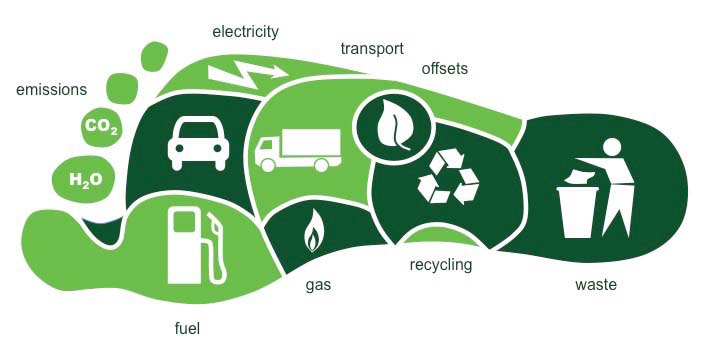
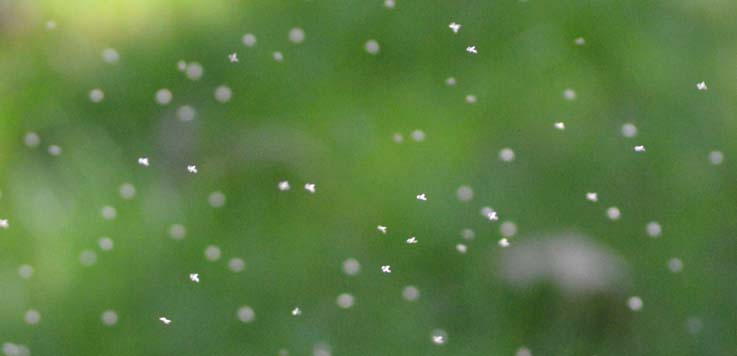
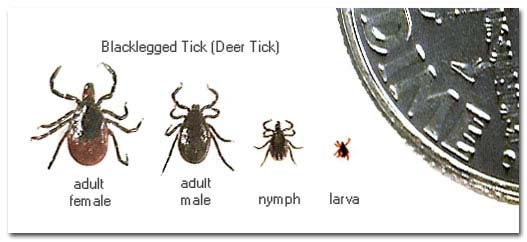





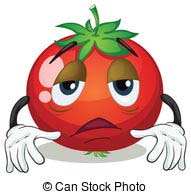 If you have ever bought tomatoes from a farm stand, you probably heard to keep them out of the fridge, or they will lose their flavor. Have you ever wondered why? Well scientists have too, and concluded its all in the genes. One study concluded that when the tomato plants genes “chill out” in the fridge, they begin to lose some of the substances that contribute to their fresh taste. Once the tomatoes in the study reached below 54 degrees, they were robbed of flavor. However, this doesn’t just happen in the refrigerator at home. Tomatoes can be compromised at home or even in cold storage before the fruit reaches shelves at a grocery store. Now that scientists have a knowledge of how and why this happens, “maybe we can breed tomatoes to change that,” said a researcher from the University of Florida. She and colleagues, as well as in New York and China have all reported their findings in a paper published by the Proceedings of the National Academy of Sciences. Reports found in this journal showed that at a week of storage at 39 degrees, the tomatoes lost some of the substances that are responsible for that characteristic aroma, which is a key part of flavor. The control of te experiment had a second set of fruit sit at room temperature for the same amount of time. After a taste test, it was shown that the refrigerated fruit was much less desirable to eat then the room temperature ones. The tomatoes that sat at room temperature still retained their freshness, unlike their chilled partners. Further research showed that the longer chilling time, made certain genes responsible for taste to slow down and ultimately stop making those compounds. There are currently scientists figuring out how cross-breed tomatoes to make a cold-resistant tomato for the world to enjoy.
If you have ever bought tomatoes from a farm stand, you probably heard to keep them out of the fridge, or they will lose their flavor. Have you ever wondered why? Well scientists have too, and concluded its all in the genes. One study concluded that when the tomato plants genes “chill out” in the fridge, they begin to lose some of the substances that contribute to their fresh taste. Once the tomatoes in the study reached below 54 degrees, they were robbed of flavor. However, this doesn’t just happen in the refrigerator at home. Tomatoes can be compromised at home or even in cold storage before the fruit reaches shelves at a grocery store. Now that scientists have a knowledge of how and why this happens, “maybe we can breed tomatoes to change that,” said a researcher from the University of Florida. She and colleagues, as well as in New York and China have all reported their findings in a paper published by the Proceedings of the National Academy of Sciences. Reports found in this journal showed that at a week of storage at 39 degrees, the tomatoes lost some of the substances that are responsible for that characteristic aroma, which is a key part of flavor. The control of te experiment had a second set of fruit sit at room temperature for the same amount of time. After a taste test, it was shown that the refrigerated fruit was much less desirable to eat then the room temperature ones. The tomatoes that sat at room temperature still retained their freshness, unlike their chilled partners. Further research showed that the longer chilling time, made certain genes responsible for taste to slow down and ultimately stop making those compounds. There are currently scientists figuring out how cross-breed tomatoes to make a cold-resistant tomato for the world to enjoy. 
 Burpee has came out with a free app for iPhones/iPads and Android systems to help you remember when to plant, and how to make your garden grow better. The app offers advice on how to sow your garden, and when to harvest your bounty of vegetables, herbs, fruits and other plants. The app is location oriented, so someone living out on Long Island receives different growing instructions then someone in Phoenix. There is also a “How To” feature which contains links to videos on the web about a wide range of plants and vegetables, ensuring your growing success.
Burpee has came out with a free app for iPhones/iPads and Android systems to help you remember when to plant, and how to make your garden grow better. The app offers advice on how to sow your garden, and when to harvest your bounty of vegetables, herbs, fruits and other plants. The app is location oriented, so someone living out on Long Island receives different growing instructions then someone in Phoenix. There is also a “How To” feature which contains links to videos on the web about a wide range of plants and vegetables, ensuring your growing success.



























